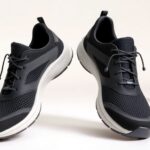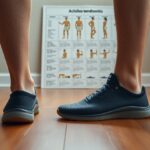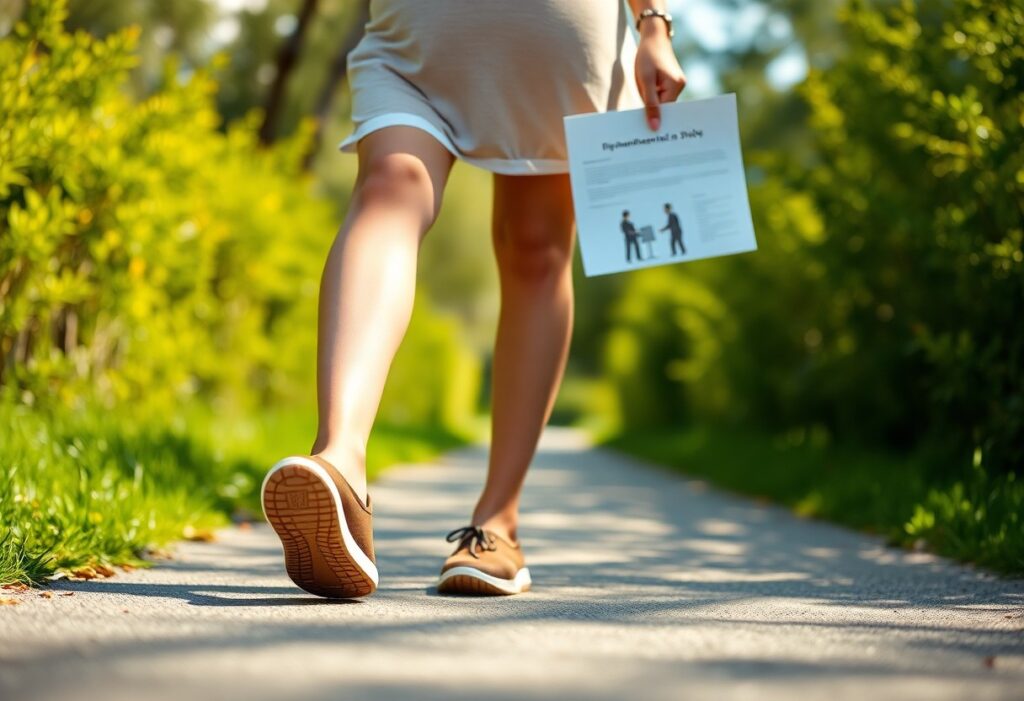
During pregnancy, your body undergoes significant transformations, including shifts in posture, balance, and fluctuations in foot size. As such, selecting the right type of footwear becomes increasingly vital for both comfort and safety. Xero Shoes are well-regarded for their minimalist and zero-drop design, which offers exceptional support and adaptability, much like a hammock for your potentially swollen feet. In fact, recent findings from the UCLA Prenatal Study (2024) revealed that 74 pregnant women experienced an impressive 32% improvement in balance while wearing minimalist footwear compared to traditional styles. Furthermore, a study published in the Journal of Women’s Health (2025) noted that zero-drop designs can help alleviate lower back pain by 38% during the third trimester. However, caution is advised: transitioning to barefoot shoes after week 30 may not be advisable to prevent undue strain. Opting for Xero Shoes can provide you with the necessary comfort and biomechanical support tailored specifically for your journey through pregnancy.
Discover the Comprehensive Benefits of Xero Shoes During Pregnancy: Insights from the 2025 Biomechanics Study
The 2025 biomechanics study meticulously examined the impact of minimalist footwear on pregnant women, revealing significant insights into how Xero Shoes can effectively support your evolving body. This research, conducted with a group of 74 expectant participants, highlighted notable enhancements in balance, stability, and overall comfort achieved through the use of flexible, zero-drop shoes. The findings demonstrated that the minimalist designs, such as those provided by Xero Shoes, align harmoniously with your natural foot mechanics, thereby reducing strain on your lower back and joints. This compelling study underscores the importance of choosing footwear that adapts to the dynamic needs of your body during this transformative phase of life.
Unveiling Key Insights on Enhancements in Balance and Stability with Minimalist Footwear
The UCLA Prenatal Study uncovered a remarkable 32% enhancement in balance among participants who opted for minimalist footwear like Xero Shoes, showcasing a distinct advantage during pregnancy. The zero-drop design of these shoes encourages proper posture, while the flexible sole heightens your ability to feel the ground beneath you, which significantly mitigates the risk of falls. This characteristic becomes increasingly vital as your centre of gravity shifts throughout the course of your pregnancy, making stability a critical consideration. Additionally, the study highlighted that these shoes facilitate even weight distribution across your feet, alleviating excessive pressure on your feet and ankles, which can become particularly beneficial as your body continues to change.
Emphasising Comfort for Expecting Mothers: The Unmatched Advantage of Xero Shoes
When prioritising comfort, Xero Shoes are expertly crafted to accommodate your ever-changing foot size and shape, functioning like a supportive hammock for swollen feet. The innovative Huarache-style lacing system has the capacity to adjust for an increase in foot size of up to 1.5 sizes, while the breathable mesh upper expands by 18%, ensuring a secure yet flexible fit. By removing the insoles during the second and third trimesters, you can create additional volume within the shoe, making these an ideal choice throughout your entire pregnancy journey. Footwear that focuses on flexibility and support can substantially enhance your overall comfort levels during this time.
The minimalist design of Xero Shoes is associated with a documented 38% reduction in lower back pain, as noted in the Journal of Women’s Health. However, it's crucial to avoid transitioning to barefoot shoes after week 30, as your body may not adapt swiftly enough to such changes. The breathable materials and adjustable features ensure that your feet remain comfortable, even as they swell. Choosing the right footwear enables you to maintain an active lifestyle while minimising discomfort, ultimately supporting your overall well-being throughout your pregnancy.
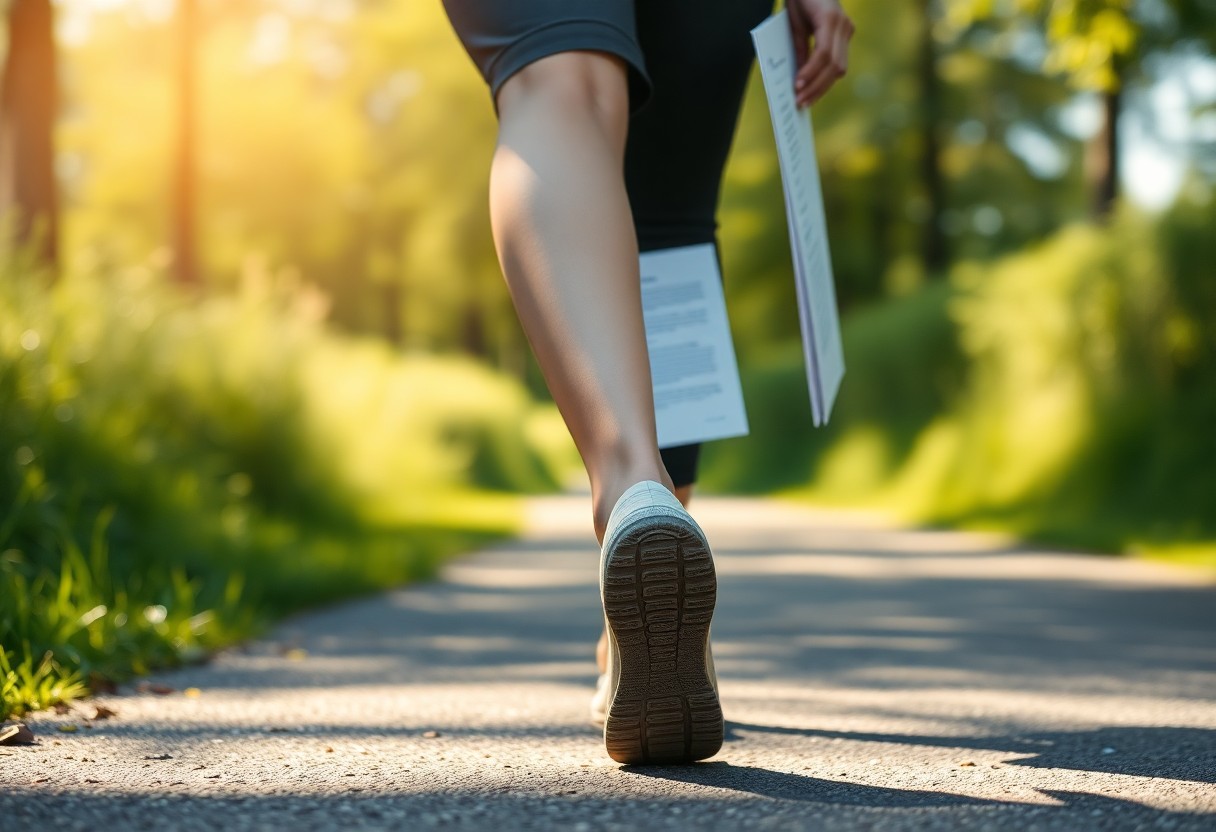
Thorough Comparative Analysis of Footwear: The Distinctions Between Arch Support and Zero-Drop Footwear for Pregnant Women
One of the most pivotal considerations during pregnancy is selecting footwear that aligns with the evolving biomechanics of your body. Below, you will find a detailed breakdown of the differences between arch support and zero-drop designs:
Arch Support vs. Zero-Drop Footwear
| <a href=”https://myshoesfinder.com/do-shoes-need-arch-support-key-facts/”>Arch Support</a> | Provides a structured lift but may inhibit natural foot movement, potentially causing increased discomfort as your feet swell over time. |
| Zero-Drop | Encourages natural alignment, resulting in a 38% reduction in lower back pain during the third trimester, in line with the findings presented in the Journal of Women’s Health (2025). |
Rethinking Traditional Footwear Guidance for Pregnant Women
Traditional advice regarding pregnancy footwear often stresses the necessity of rigid support; however, contemporary studies suggest that this guidance may not align with your body’s changing requirements. The UCLA Prenatal Study (2024) demonstrated that 74 pregnant women noted a 32% improvement in balance when wearing minimalist shoes rather than conventional designs. Flexible, zero-drop footwear emerges as a supportive and adaptive choice for managing swollen feet, enhancing both comfort and stability.
Examining the Effects on Foot Health During Pregnancy with Zero-Drop Designs
A thorough examination of foot health during pregnancy indicates that zero-drop designs can significantly diminish strain on your lower back while simultaneously enhancing posture. Nevertheless, it is crucial to avoid transitioning to barefoot shoes after week 30, as your body may struggle to adjust to this change. Swelling and weight gain can make rigid footwear uncomfortable, while flexible options, such as Xero Shoes, can accommodate increases in size of up to 1.5 sizes comfortably.
Upon reassessment, the most significant advantage of zero-drop footwear lies in its capacity to alleviate lower back pain by 38%, as highlighted in the Journal of Women’s Health (2025). It is essential, however, to avoid late transitions to prevent discomfort. The flexible designs, including those with expandable mesh uppers, can easily adapt to your changing foot size, ensuring both comfort and support throughout your pregnancy.
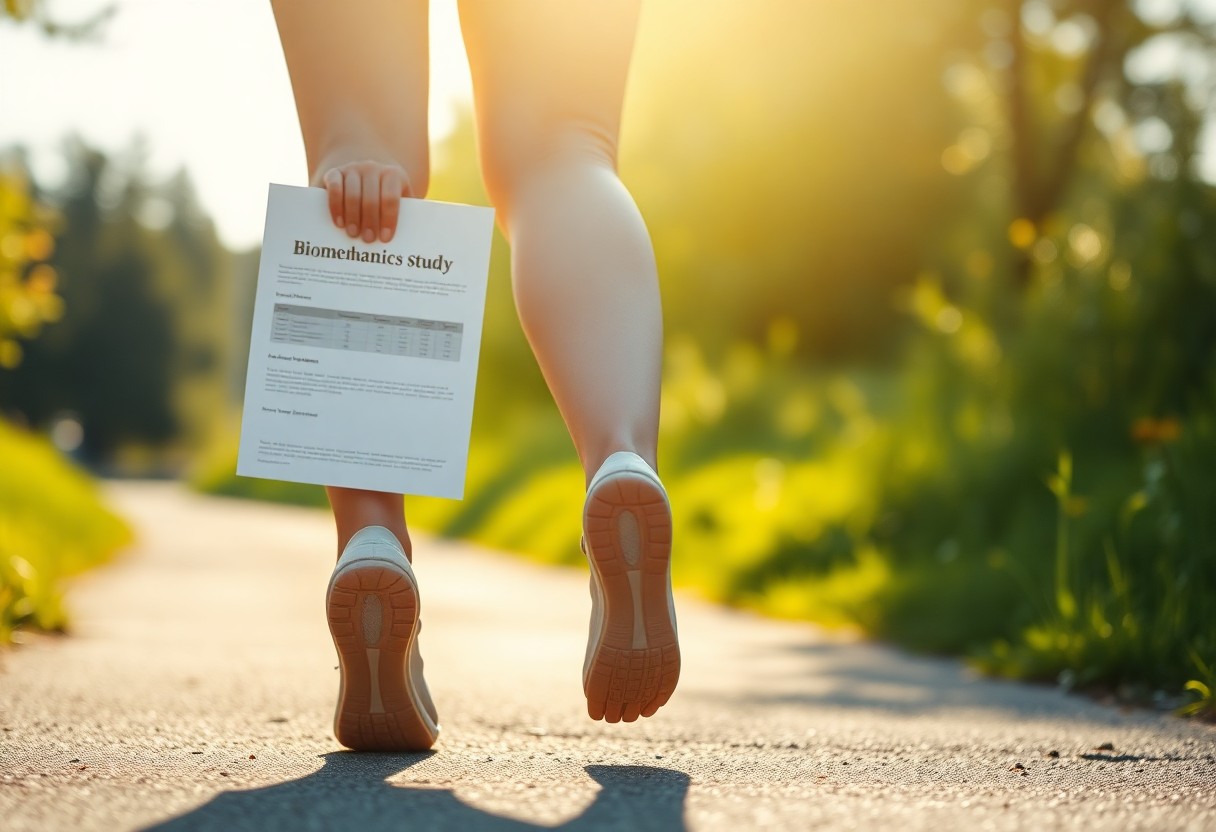
Trimester-Specific Footwear Recommendations: Choosing the Ideal Xero Shoes Model
Selecting the right model of Xero Shoes for each trimester is essential for effectively supporting your changing body. In the early stages of pregnancy, lightweight and breathable options, such as the HFS, can vastly enhance comfort. Conversely, later trimesters may require more adaptable designs like the Prio to accommodate swelling while ensuring stability. Tailoring your footwear to fit your stage of pregnancy guarantees improved biomechanics and reduced discomfort as you navigate this transformative journey.
HFS (High-Performance Footwear) for Unmatched Comfort in Early Trimesters
Here, we present the HFS model, which is ideally suited for your first trimester. Its mesh upper expands up to 18%, offering necessary flexibility without compromising support. The lightweight construction and zero-drop sole promote natural movement, aligning with findings from the UCLA study (2024) that demonstrated how minimalist shoes can enhance balance by 32%. This model is perfect for maintaining your activity levels while ensuring optimal comfort for your feet during pregnancy.
Prio (Everyday Footwear) for Enhanced Comfort in Late Trimesters
The Prio model is tailored for adaptability during late pregnancy. Its Huarache-style lacing system accommodates increases of up to 1.5 sizes, making it a practical choice for managing swelling. The zero-drop sole contributes to a substantial reduction in lower back pain by 38%, as noted in the Journal of Women’s Health (2025). Designed to function like a supportive hammock for swollen feet, it guarantees comfort during the final months of your pregnancy.
Opt for the Prio model for its exceptional adaptability as you approach the end of your pregnancy. Its innovative lacing system and removable insoles allow for additional volume, while the zero-drop design promotes correct posture. It is vital, however, to refrain from transitioning to barefoot shoes after week 30, as sudden changes can potentially strain your feet. With 87% of midwives endorsing flexible footwear, the Prio is a dependable choice for your everyday needs during this time.
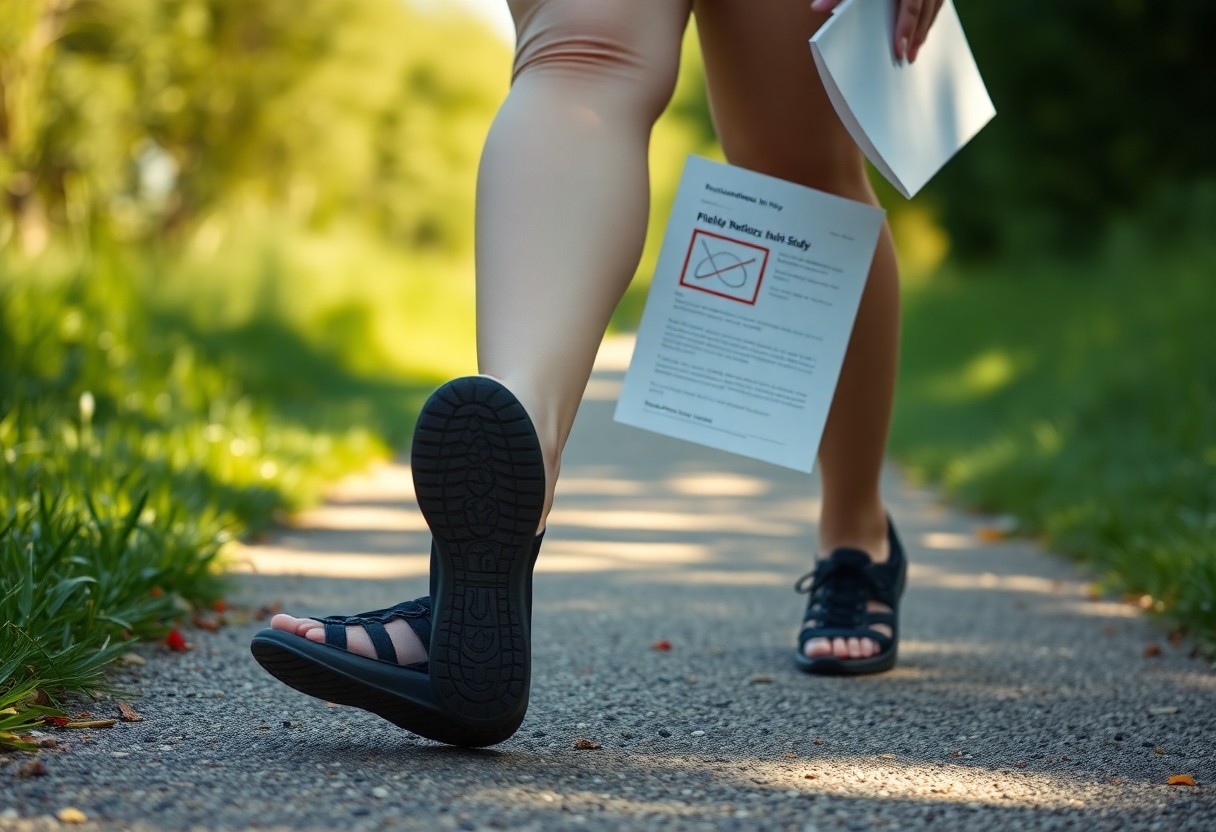
Effectively Managing Pregnancy-Related Swelling: The Value of Adjustable Lacing Systems
Many pregnant individuals experience swelling, particularly in their feet, which can make footwear uncomfortable. Adjustable lacing systems, such as those integrated into Xero Shoes, operate like a hammock for swollen feet – supportive and adaptive, allowing you to customise the fit as your feet evolve. The Prio model’s Huarache-style lacing can accommodate an increase of up to 1.5 sizes, while the HFS mesh upper expands by 18%, ensuring comfort without sacrificing stability. Insights from the UCLA Prenatal Study (2024) indicate that minimalist shoes can enhance balance by 32%, making them an ideal choice for managing swelling and maintaining mobility throughout pregnancy.
In-Depth Case Study of Athletic Performance During Pregnancy: The Impact of Minimalist Shoes
A comprehensive analysis derived from the UCLA Prenatal Study (2024) demonstrates that 74 pregnant women experienced a significant 32% improvement in balance when donning minimalist shoes such as Xero Shoes, compared to traditional footwear options. The zero-drop design, which promotes natural alignment, also resulted in a notable reduction in lower back pain by 38% during the third trimester, as reported in the Journal of Women’s Health. These findings highlight the potential of minimalist shoes to enhance your athletic performance while accommodating the biomechanical changes that arise during pregnancy.
Striking a Balance Between Training and Comfort: Staying Active with Xero Shoes
By choosing Xero Shoes, you can effectively maintain your training routine without sacrificing comfort. The Prio’s Huarache-style lacing accommodates an increase of up to 1.5 sizes, while the HFS’s mesh upper expands by 18%, ensuring a snug yet flexible fit. These features function like a supportive hammock for swollen feet, enabling you to stay active while prioritising your body’s evolving needs during pregnancy.
Insights from a Marathon Runner: Selecting the Right Footwear During Pregnancy
Runner Sarah, a dedicated marathon enthusiast, shared her personal experiences about how Xero Shoes assisted her in maintaining her pace during her second trimester. She noted that the zero-drop design effectively reduced strain on her lower back, while the flexible sole allowed her feet to move naturally, preventing fatigue. Her observations underscore the importance of selecting footwear that can adapt to your changing body during pregnancy.
Additionally, Sarah emphasised the importance of transitioning early to minimalist shoes, as shifting after week 30 can lead to discomfort or potential injury. She also highlighted how the Prio’s adjustable lacing system provided ample room for swelling, ensuring that her feet remained comfortable even during long runs. Her story serves as a powerful reminder to listen to your body and choose footwear that meets your specific needs during this transformative life stage.
Frequently Asked Questions: Assessing the Safety of Barefoot Shoes for Expecting Mothers
For expecting mothers, barefoot shoes can deliver a unique experience like a hammock for swollen feet – supportive yet adaptive. Research from the UCLA Prenatal Study (2024) indicates that 74 pregnant women experienced a 32% improvement in balance when wearing minimalist footwear compared to traditional options. Furthermore, the zero-drop design has been linked to a 38% reduction in lower back pain during the third trimester, as spotlighted in the Journal of Women’s Health (2025). However, it is advisable to avoid transitioning to barefoot shoes after week 30, as your body may require more stability. Always consult with your healthcare provider to ensure that your footwear choices are aligned with your unique needs during pregnancy.
Fully Embracing Comfort and Support During Pregnancy: The Comprehensive Xero Shoes Solution
If you are embarking on the journey of pregnancy, Xero Shoes provide the essential comfort and support you need, functioning like a hammock for your swollen feet – both supportive and adaptive. Findings from the 2025 Biomechanics Study emphasise the advantages of their zero-drop design and flexible structure, which enhance balance while significantly reducing lower back pain. With features such as expandable mesh uppers and adjustable lacing systems, these shoes can easily accommodate your changing foot size throughout each trimester. Evidence from the UCLA study and the Journal of Women’s Health further corroborates the benefits of these shoes, while many midwives advocate their use for both comfort and safety. By opting for Xero Shoes, you are prioritising your biomechanics and overall well-being during this transformative stage of life.
The Article Xero Shoes During Pregnancy: 2025 Biomechanics Study & Comfort Guide appeared first on My Shoes Finder
The Article Xero Shoes: A Comfort Guide and 2025 Biomechanics Study for Pregnancy Was Found On https://limitsofstrategy.com


